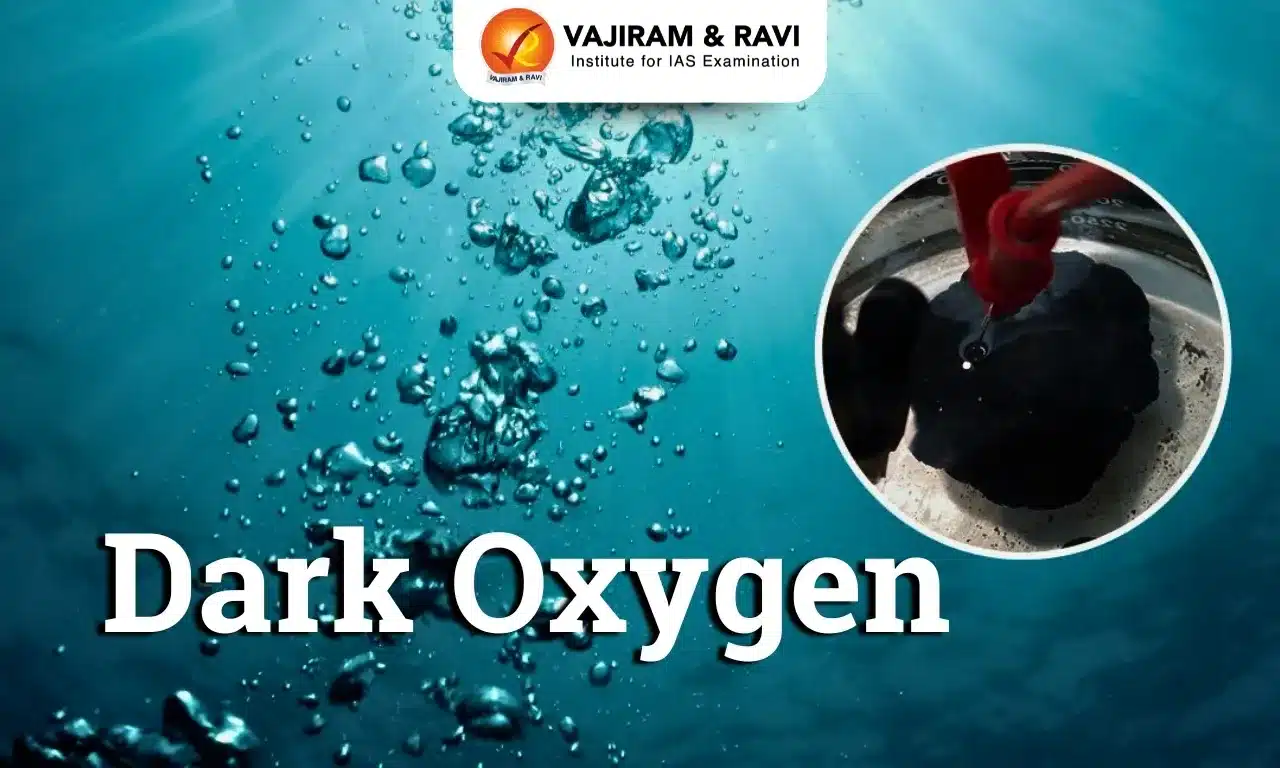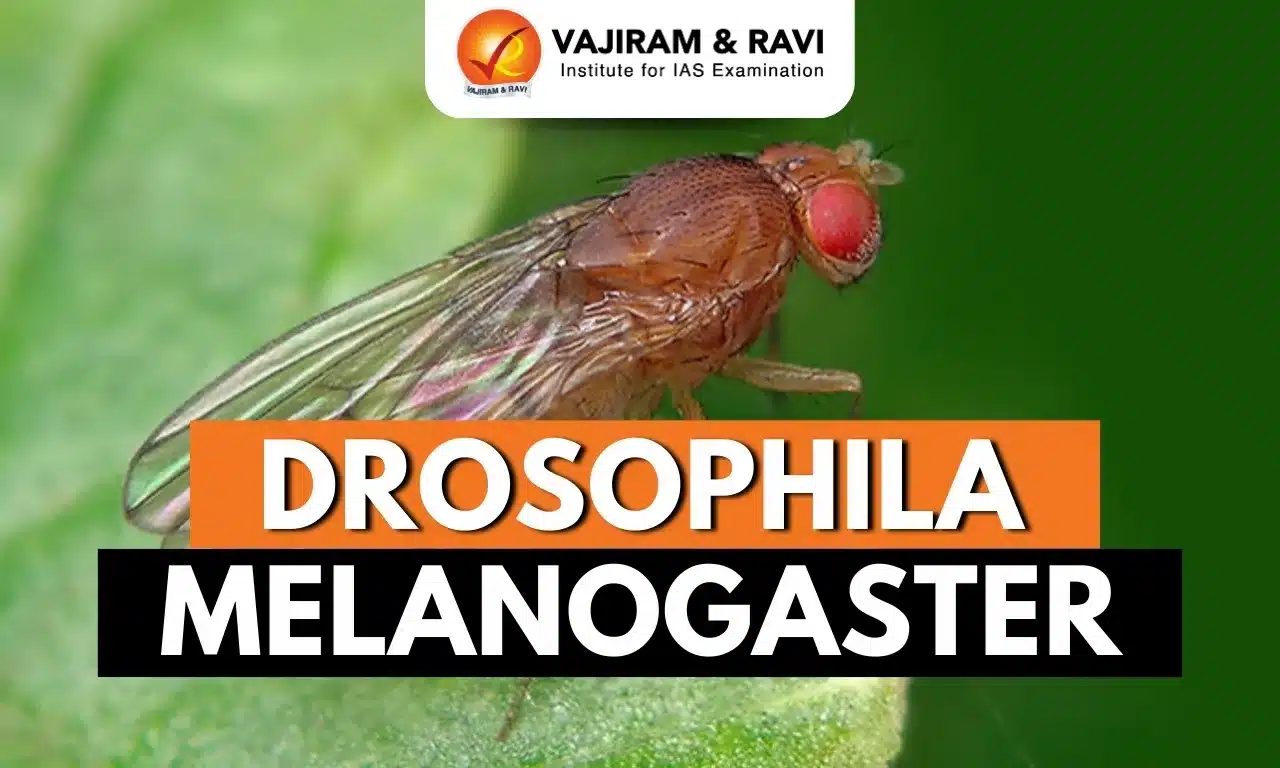About Dark Oxygen:
- It is the oxygen that is being produced thousands of feet below the ocean surface, without any light or photosynthesis.
- Why is the discovery important?
- Until now, it was thought that oxygen was created only through photosynthesis, a process that requires sunlight.
- Oceanic plankton, drifting plants, algae, and some bacteria are the primary elements attributed to the production of oxygen in the ocean. All these organisms are capable of photosynthesis.
- The production of oxygen at such depths is thought to be impossible because there isn’t enough sunlight for plants to do photosynthesis.
- However, in this case, oxygen is not being produced by plants.
- The oxygen comes out of Polymetallic nodules that are similar in resemblance to lumps of coal.
- These nodules, made up of metals like manganese, iron, cobalt, nickel, copper, and lithium, can generate oxygen through electrochemical activity even in the absence of light.
- They are splitting H2O molecules into hydrogen and oxygen.
Q1: Do plants create oxygen at night?
Some plants produce oxygen at night through a process called Crassulacean Acid Metabolism.
Last updated on January, 2026
→ Check out the latest UPSC Syllabus 2026 here.
→ Join Vajiram & Ravi’s Interview Guidance Programme for expert help to crack your final UPSC stage.
→ UPSC Mains Result 2025 is now out.
→ UPSC Notification 2026 Postponed for CSE & IFS which was scheduled to be released on 14 January 2026.
→ UPSC Calendar 2026 has been released.
→ UPSC Prelims 2026 will be conducted on 24th May, 2026 & UPSC Mains 2026 will be conducted on 21st August 2026.
→ The UPSC Selection Process is of 3 stages-Prelims, Mains and Interview.
→ Prepare effectively with Vajiram & Ravi’s UPSC Prelims Test Series 2026 featuring full-length mock tests, detailed solutions, and performance analysis.
→ Enroll in Vajiram & Ravi’s UPSC Mains Test Series 2026 for structured answer writing practice, expert evaluation, and exam-oriented feedback.
→ Join Vajiram & Ravi’s Best UPSC Mentorship Program for personalized guidance, strategy planning, and one-to-one support from experienced mentors.
→ UPSC Result 2024 is released with latest UPSC Marksheet 2024. Check Now!
→ UPSC Toppers List 2024 is released now. Shakti Dubey is UPSC AIR 1 2024 Topper.
→ Also check Best UPSC Coaching in India

















